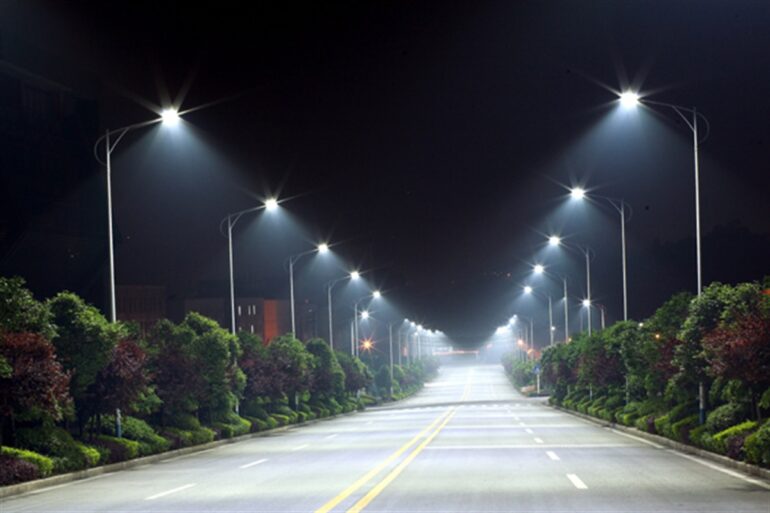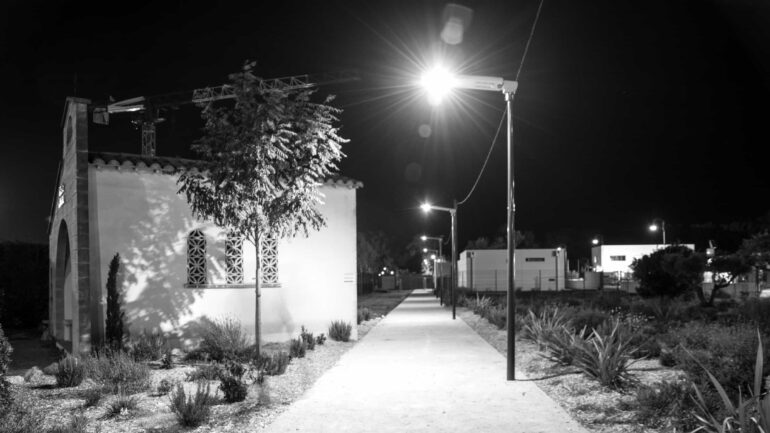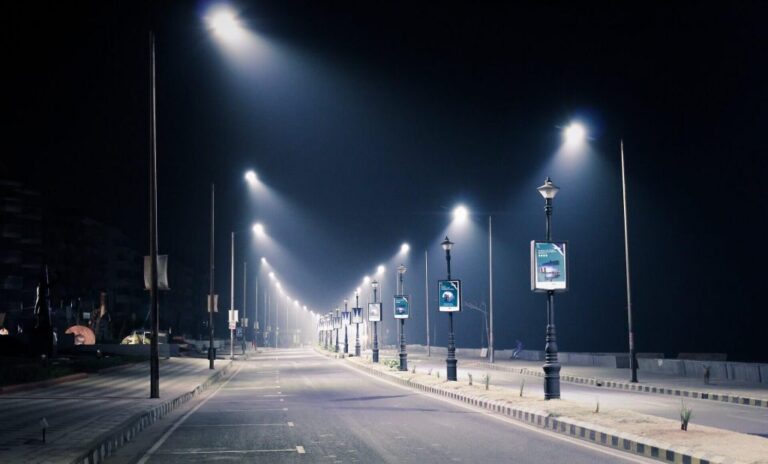Cities are constantly evolving, embracing new technologies to enhance the lives of their residents and improve sustainability. One such innovation that is illuminating streets around the world is the advent of LED street lights. These energy-efficient marvels are revolutionizing the way cities brighten their neighborhoods, offering numerous benefits that go far beyond conventional lighting solutions.
Gone are the days of the traditional, energy-hungry street lights that cast a dull and uneven glow over city streets. LED street lights have taken center stage, bringing a breath of fresh air to nighttime cityscapes. They utilize Light Emitting Diodes (LEDs), which are small semiconductor devices that emit light when an electric current passes through them. The resulting illumination is not only brighter and more focused, but it also consumes significantly less energy than traditional options.
LED street lights

Energy efficiency is a crucial aspect of LED street lights, making them an attractive choice for cities looking to reduce their carbon footprint. Compared to conventional ones, LEDs consume up to 50% less energy, translating into substantial cost savings for municipalities. This energy efficiency also has a cascading effect, contributing to reduced greenhouse gas emissions and less strain on power grids. They truly shine when it comes to sustainability.
Moreover, LEDs boast an impressive lifespan that outshines their outdated counterparts. Traditional ones often required frequent maintenance and replacement, resulting in high labor costs and disruptions to city life. LED ones, on the other hand, can last up to 100,000 hours, meaning they may not need replacement for more than a decade. This longevity not only reduces maintenance expenses but also minimizes waste and ensures a reliable and consistent illumination throughout the city.
One of the most significant advantages of LED street lights is their ability to provide superior visibility and safety. The focused and uniform illumination of LEDs ensures that streets are well-lit, enhancing visibility for both pedestrians and drivers. This improvement in visibility can lead to a decrease in accidents and crimes, making neighborhoods safer and more secure. They can also be customized to emit different color temperatures, allowing cities to create the desired ambiance and adapt to specific requirements in different areas.
In addition to their energy efficiency and longevity, they offer unparalleled flexibility in terms of control and customization. Smart lighting systems can be integrated with LEDs, enabling remote monitoring and management of the entire lighting network. These systems can adjust brightness levels based on real-time conditions, reducing energy consumption during low-traffic hours or dimming lights in response to ambient light levels. Cities can now optimize their lighting infrastructure like never before, creating a more efficient and adaptive urban environment.
Revolutionizing Cities

As LEDs continue to revolutionize cities, it’s important to recognize their broader impact on sustainability and environmental conservation. The widespread adoption of these solutions has the potential to significantly reduce global energy consumption and greenhouse gas emissions. By embracing this energy-efficient technology, cities can take a giant leap towards achieving their sustainability goals and creating a brighter future for generations to come.
Conclusion

In conclusion, LED street lights have emerged as a game-changer for cities worldwide. So, let’s embrace the LED revolution and watch our cities thrive under the brilliance of these remarkable lights.

